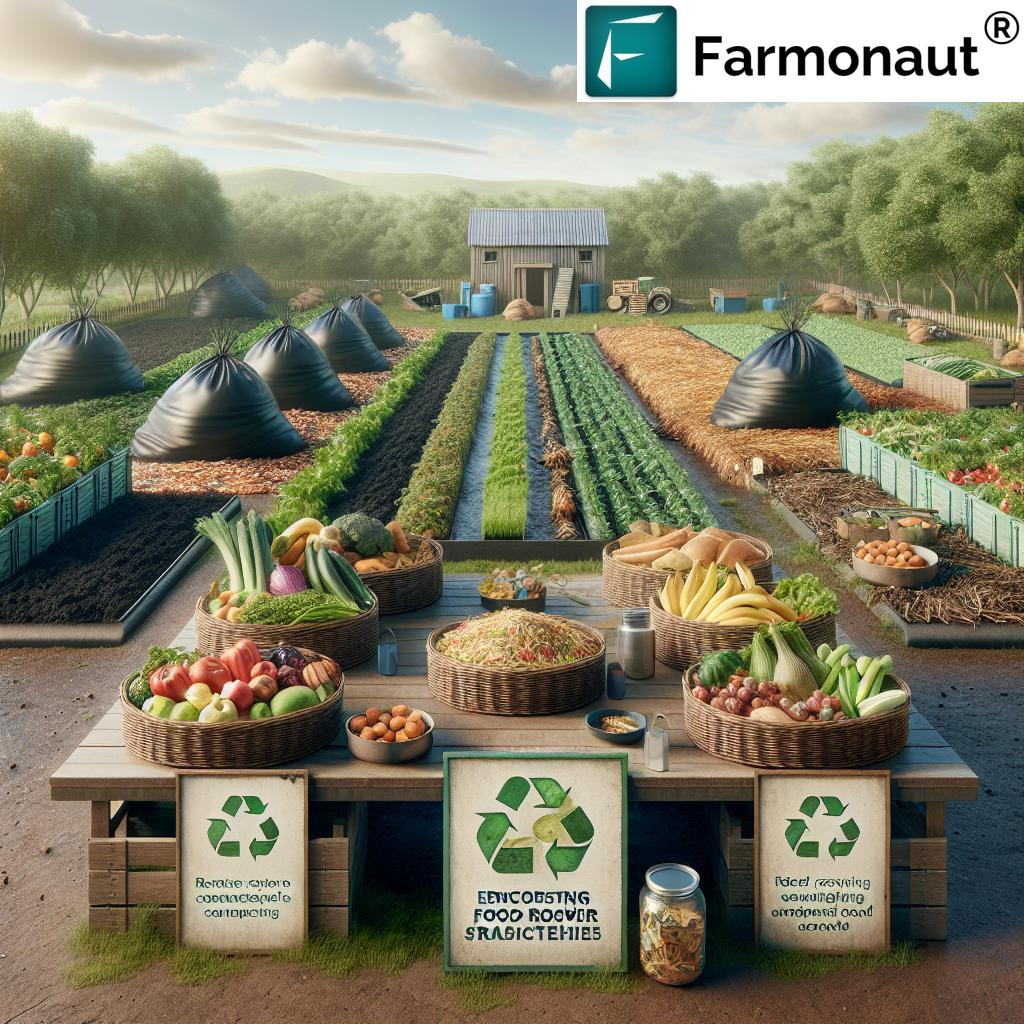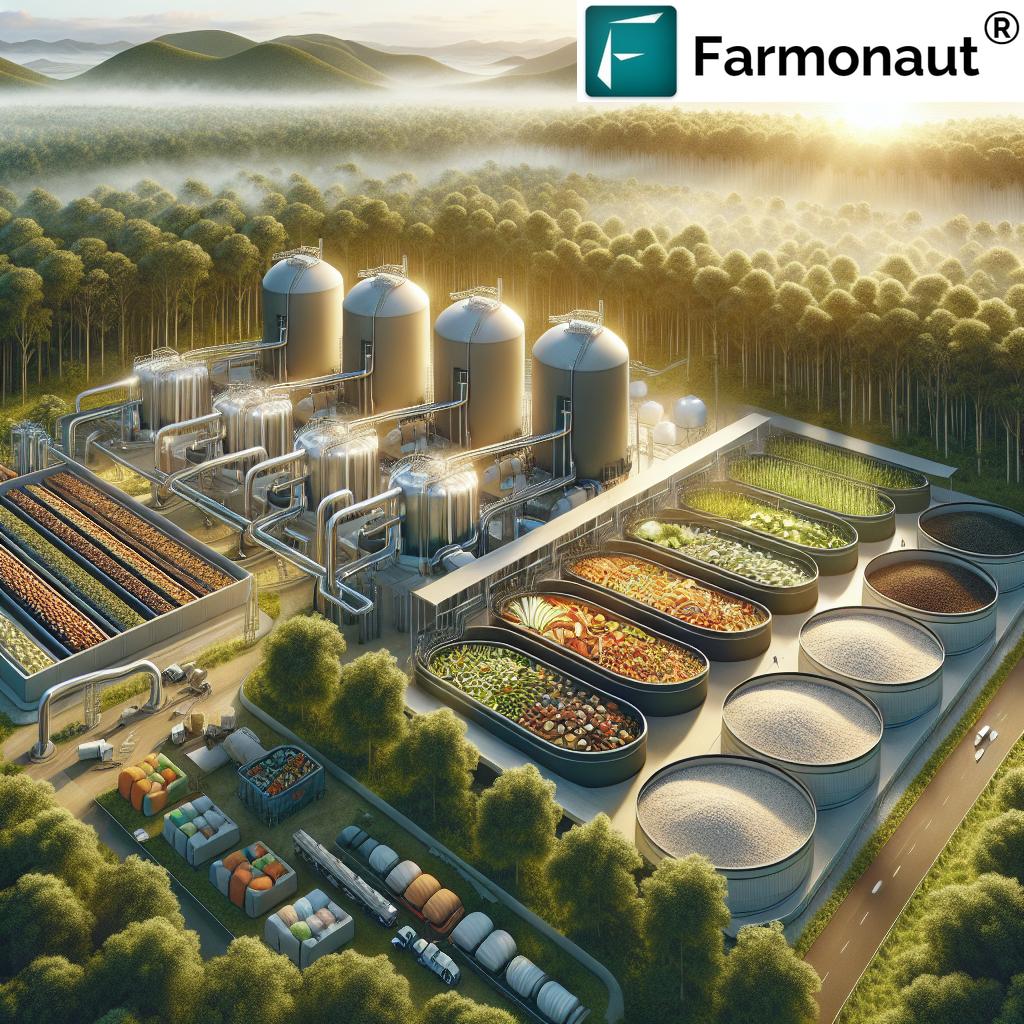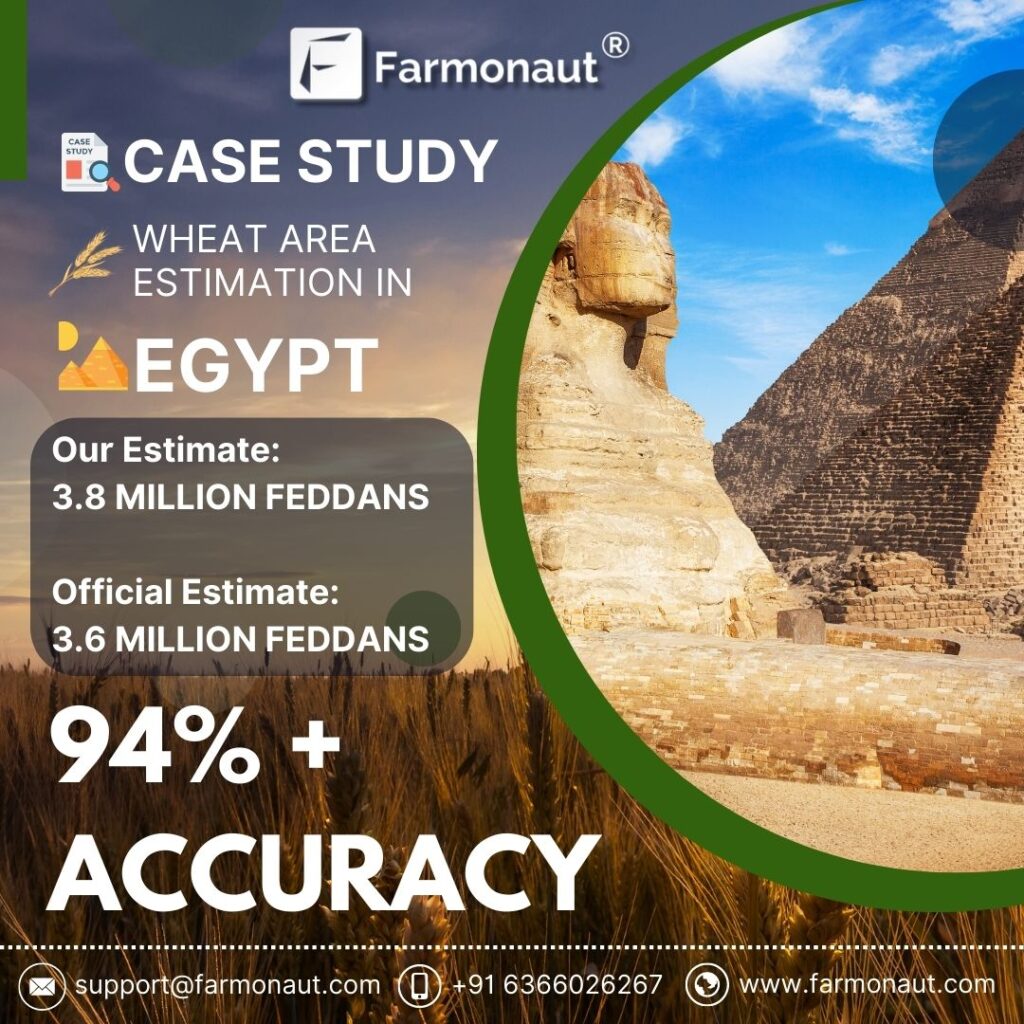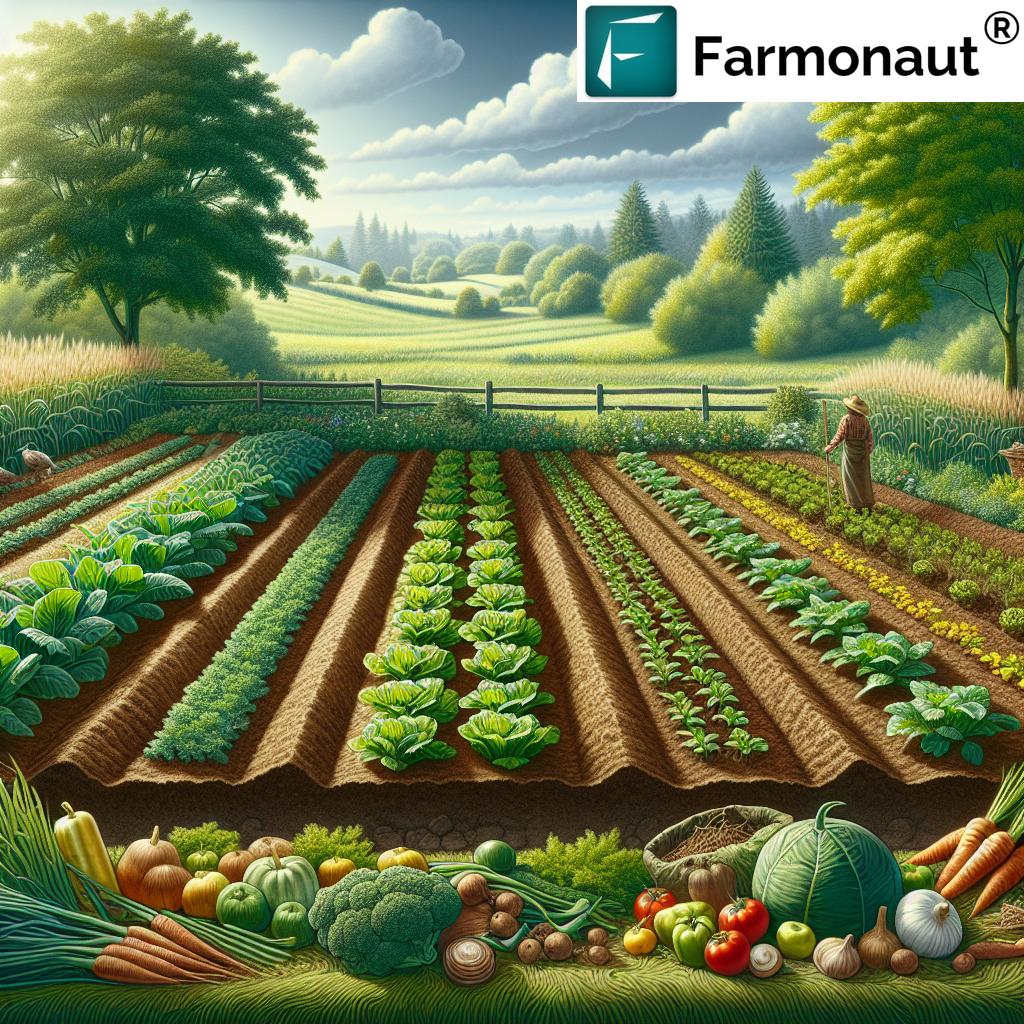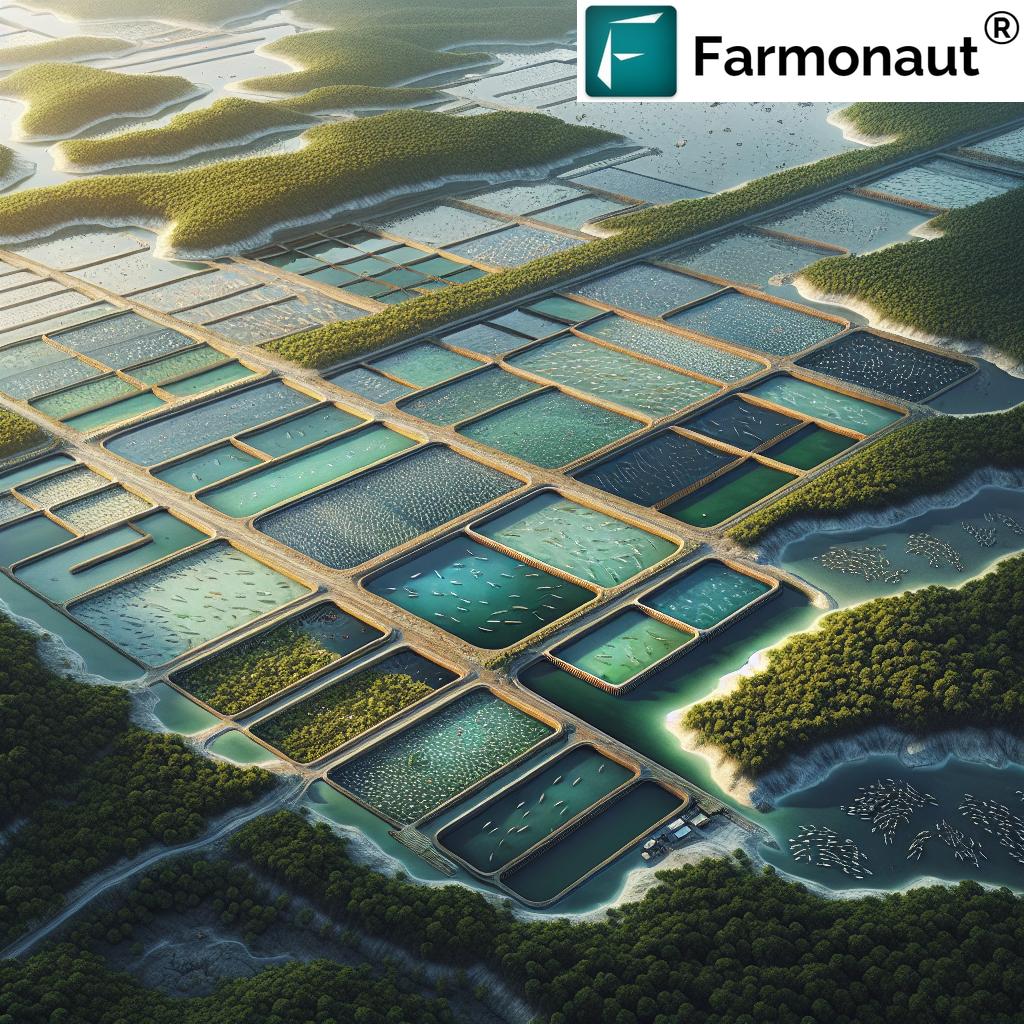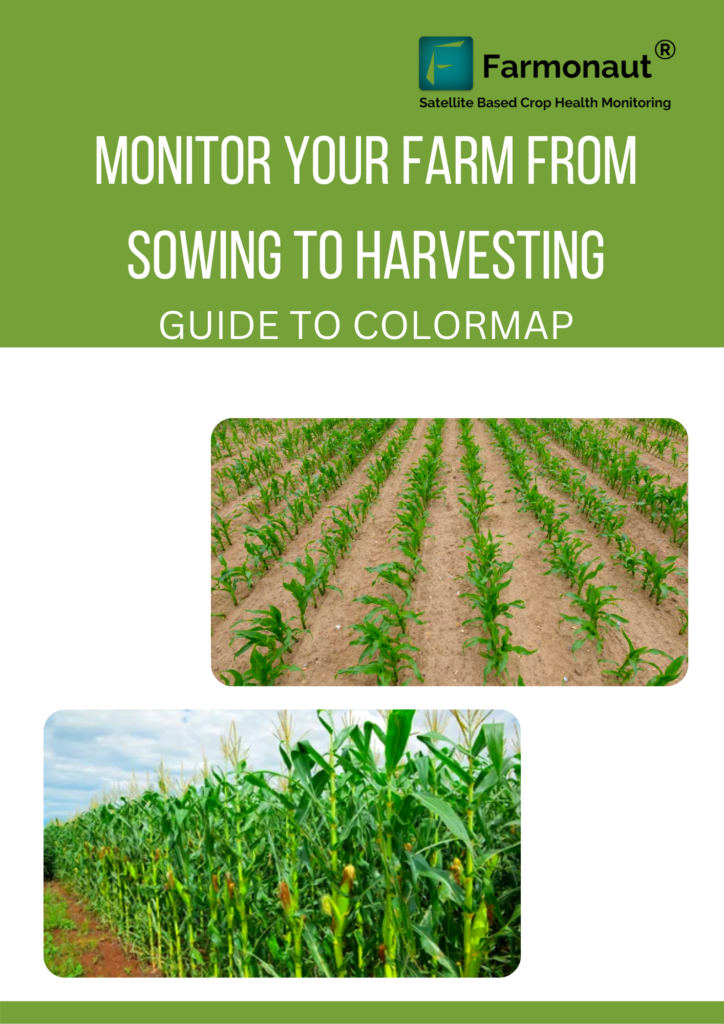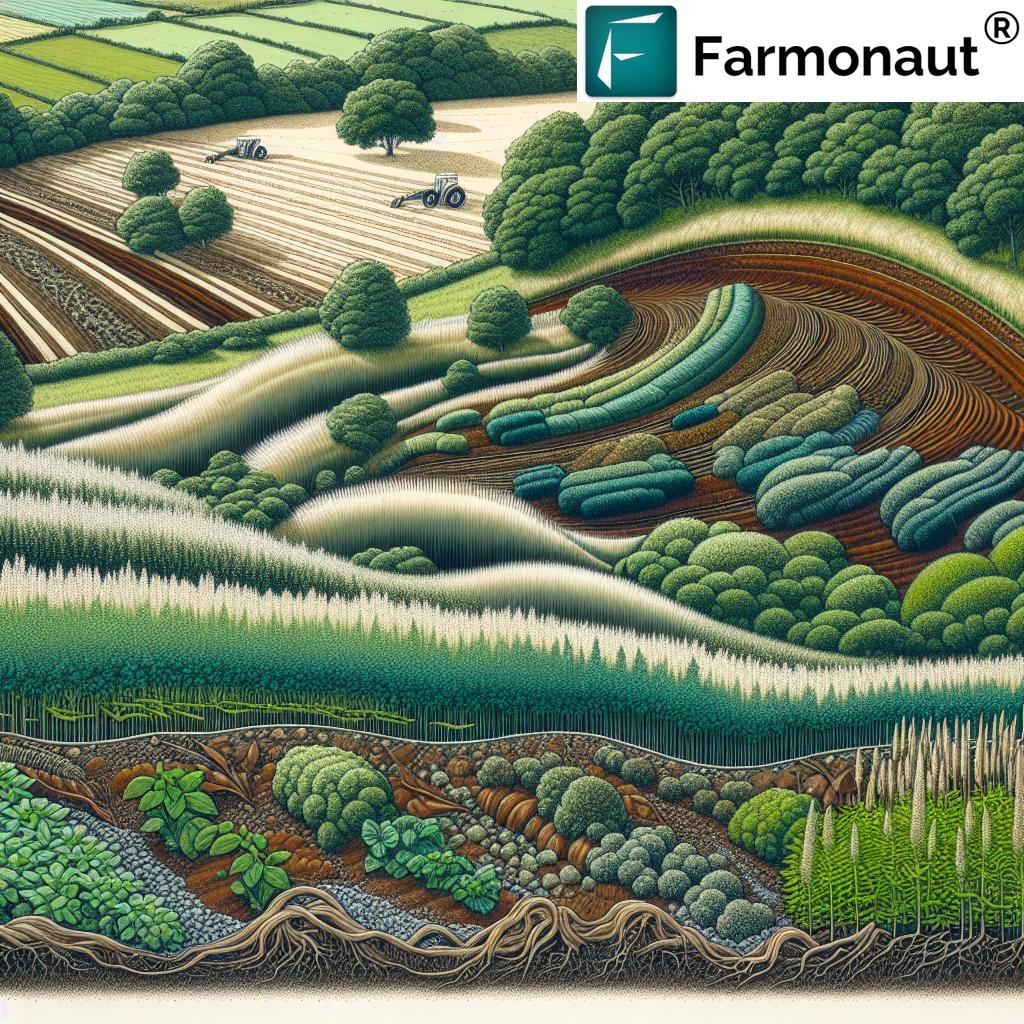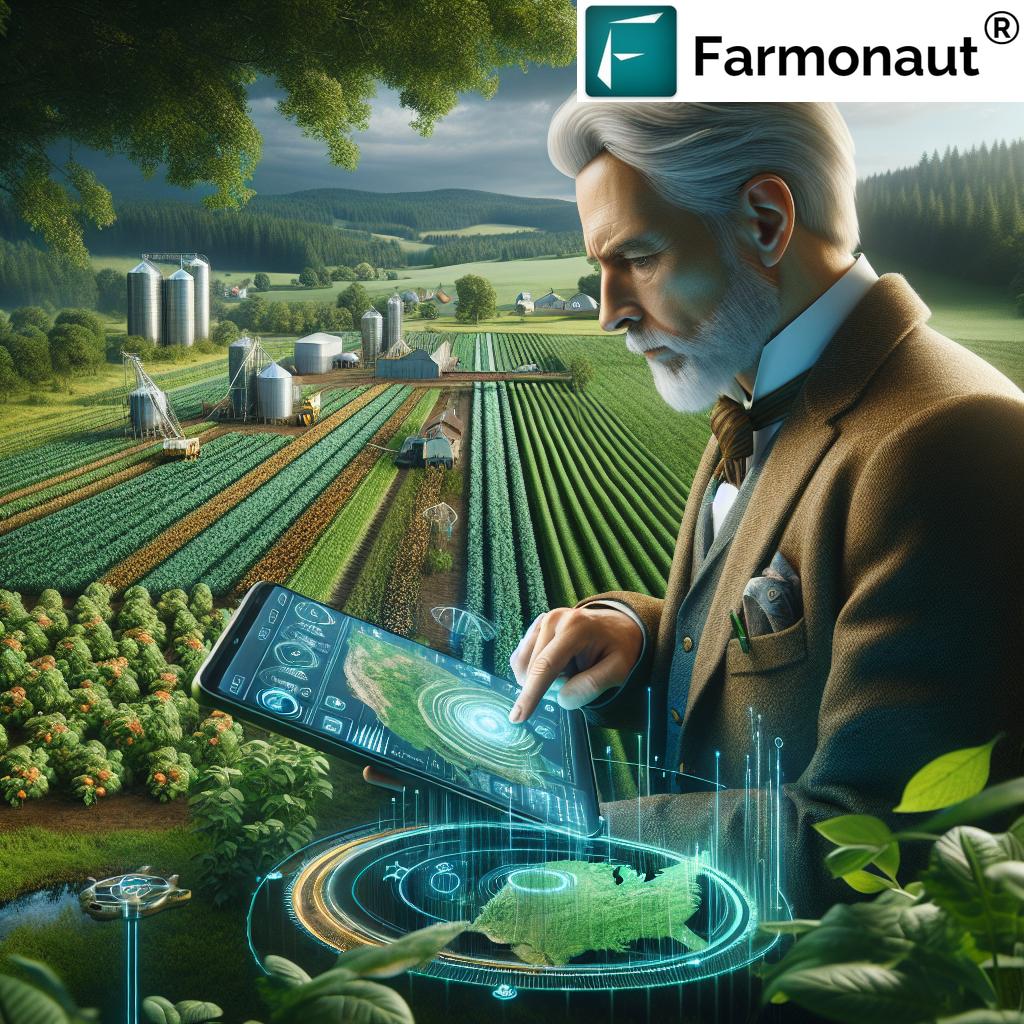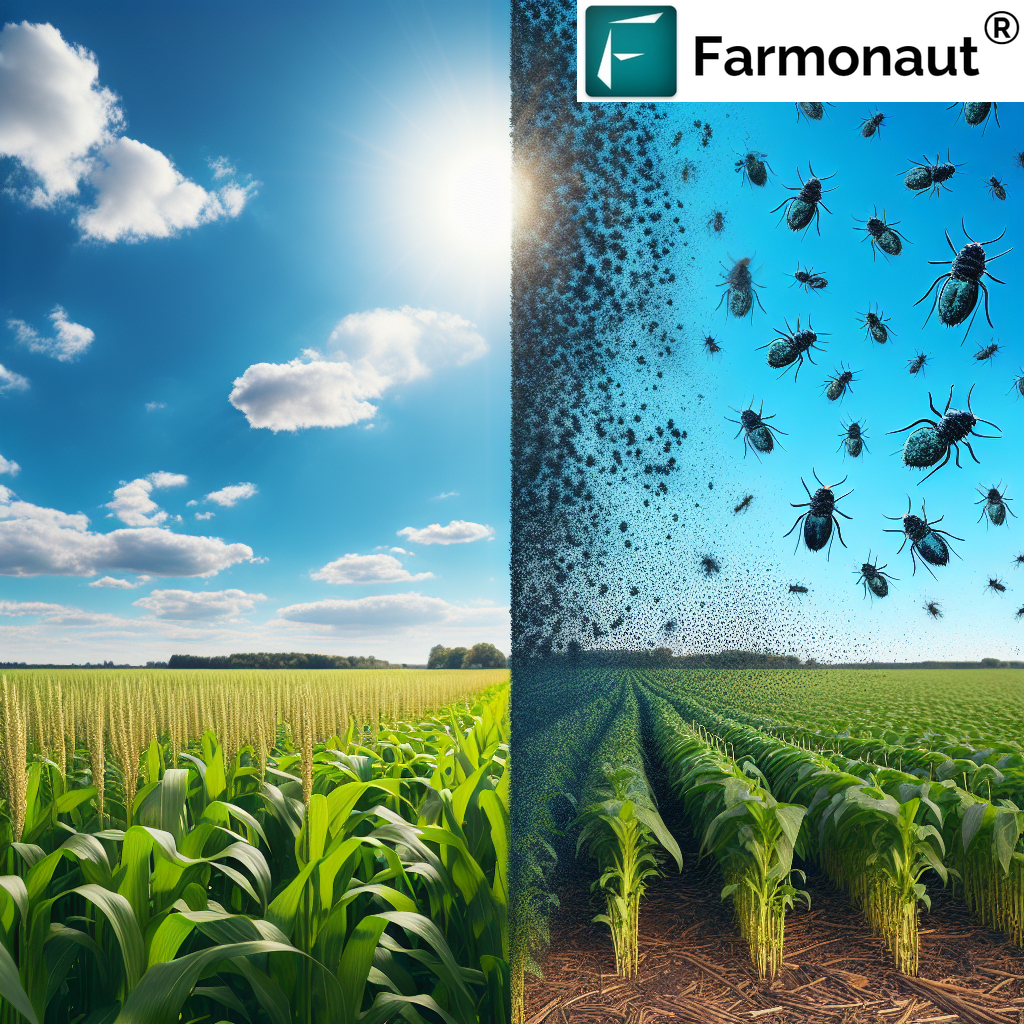How to Manage Food Waste for a Greener Future: 7 Tips
“Globally, about 1.3 billion tons of food is wasted each year—one-third of all food produced for human consumption.”
Food waste management has become a critical global issue in modern agriculture and forestry. As we face increasing concerns around environmental impacts, climate change, and the sustainability of our food systems, mastering effective strategies for reducing food waste in agriculture is essential. In this comprehensive blog, we uncover the significance, ramifications, and innovative solutions available, including technology-enabled approaches, for a greener, more resource-responsible future.
Understanding Food Waste in Agriculture and Forestry
To meaningfully address food waste, we must start by understanding its causes and forms within agriculture and forestry. Food waste in this context encompasses all edible and inedible portions of produce—from crops left unharvested because of market imperfections, to byproducts generated during processing and food supplies lost to spoilage during storage and transportation.
According to the Environmental Protection Agency (EPA), reducing food waste not only conserves precious resources like land, water, energy, and labor, but also substantially reduces greenhouse gas emissions. The EPA highlights that by minimizing inefficiencies, agriculture and forestry can play a pivotal role in creating a resilient, sustainable food system for the future (epa.gov).
Types of Food Waste in the Agricultural System
- Pre-harvest Waste: Unharvested crops due to market imperfections, overproduction, or weather damage.
- Post-harvest Loss: Waste during harvesting, handling, processing, and storage.
- Distribution & Retail Waste: Surplus or unsellable produce rejected after processing, or during transport.
- Consumer-level Waste: Food lost at the final stage, including over-purchasing and discards at homes and institutions.
Why Is Food Waste a Problem in Agriculture?
- It is a massive resource drain—wasting water, land, energy and labor invested in production and distribution.
- Decomposing food waste in landfills produces methane, a potent greenhouse gas.
- It increases economic loss for farmers and raises food costs for consumers.
- Globally, food insecurity persists, while millions suffer hunger even as edible food is discarded.

The Impact of Food Waste on Environment, Economy & Society
The consequences of food waste are complex and far-reaching. Let’s break down the main impacts:
Environmental Impact of Food Waste
- Methane Emissions: According to the EPA, decomposing food in landfills accounts for 58% of landfill methane emissions (epa.gov).
- Resource Waste: Each kilogram of food wasted represents squandered land, energy, water, and labor.
- Loss of Biodiversity: Inefficient food systems drive deforestation and loss of habitat for expanding agricultural production.
- Climate Change: The impact of food waste on environment includes increasing greenhouse gas emissions and exacerbating global warming.
Economic Implications of Food Waste
- Farmers lose a portion of their harvest and potential income.
- Wasting food incurs sunk costs for production, processing, storage, and distribution.
- Consumers and stakeholders face higher food costs from inefficiencies.
- Increased need for infrastructure investments to manage excess waste.

Social Consequences: Food Insecurity
- Food waste exacerbates global hunger—with millions facing insecurity while edible produce is discarded or left unharvested.
- Unutilized surplus food could be redistribuited or recovered for communities in need.
“Sustainable farming can reduce food waste by up to 30%, significantly lowering agriculture’s environmental footprint.”
How to Manage Food Waste for a Greener Future: 7 Tips
Now, let’s explore seven actionable strategies—from prevention to innovative technologies—aimed at reducing food waste in agriculture, promoting sustainability, and supporting a greener future.
Tip 1: Prevent Food Waste at the Source
- Focus: The most impactful food waste solutions are those that occur before waste happens.
- Practices:
- Adopt improved harvesting techniques: Use modern tools and training to minimize crop loss during collection.
- Leverage precision agriculture: Technologies like those offered by Farmonaut utilize satellite data and AI to optimize harvesting schedules, reduce losses, and conserve resources.
- Plan production based on market demand to avoid surplus and overproduction.
- Encourage acceptance of “imperfect” produce through marketing and educating consumers and wholesalers.
Tip 2: Maximize Utilization of Byproducts and Surplus
- Food waste management extends beyond edible goods. Byproducts from processing and inedible portions can be part of the solution.
- Transform surplus produce into animal feed to reduce landfill waste and cut down on livestock feed costs.
- Juicing, dehydrating, or preserving surplus crops extends shelf-life and improves marketability.
- Repurpose crop byproducts (husks, stalks, pulp) for secondary products or inputs.
Tip 3: Composting Agricultural Waste
- Transforming inedible crop residues and discarded food into compost is a vital strategy.
- Composting agricultural waste returns nutrients to the soil, enriching health, enhancing water retention, and decreasing the reliance on synthetic fertilizers.
- Community-scale composting programs prevent large volumes of organic waste from reaching landfills, mitigating methane emissions.
- Learn more about home composting (en.wikipedia.org).
Tip 4: Implement Food Waste Solutions with Innovative Technology
-
Innovative food waste technologies are transforming sustainability in agriculture and forestry.
- Anaerobic Digestion: This process breaks down organic material in an oxygen-free environment, creating biogas for renewable energy and digestate for fertilizer. An example is Norway’s “Food to Waste to Food” approach (digeponics).
- Mycoforestry: By integrating fungi into forest systems, we recycle wood waste, improve soil health, and enhance biodiversity. See more about mycoforestry.
- Precision Farming Tools: Advanced digital platforms such as Farmonaut offer satellite-based crop monitoring, helping farmers track crop health and resource needs in real time, thus reducing food loss at every stage. Discover the Agro Admin App for integrated, large-scale farm management solutions.
- Blockchain-based traceability, like that from Farmonaut, ensures transparency in the movement of goods, reduces fraud, and supports sustainable supply chain efforts. Learn more about Product Traceability

Tip 5: Adopt Agroforestry for Sustainability and Diversification
- Agroforestry for sustainability means integrating trees with crops or livestock, fostering biodiversity, soil enrichment, and adaptive resilience.
- Diversified Farming Systems: Trees and perennial crops reduce waste by providing alternative income streams, using available resources year-round, and absorbing surplus nutrients.
- Silvopasture: By combining livestock grazing with productive trees and forage, this practice minimizes losses, utilizes animal waste for soil improvement, and optimizes land use. Read about agroforestry practices.
- Farmonaut’s Crop Plantation & Forest Advisory Services help users manage agroforestry operations with precision tools, resource tracking, and sustainability data.
Tip 6: Food Recovery Strategies for Communities & Social Impact
- Food recovery strategies direct surplus food from farms into the hands of those facing food insecurity—preventing waste while supporting communities:
- Facilitate farm-to-food bank logistics, connecting producers with food pantries, rescue organizations, and charities.
- Support grassroots initiatives, social enterprises, and mobile distribution units that redirect edible surplus efficiently.
- Look to organizations like The Farmlink Project (en.wikipedia.org), which help move surplus produce to communities in need.
- Farmonaut’s Carbon Footprinting tracks emissions across the farming life cycle, helping validate food recovery initiatives by quantifying their climate benefits.
Tip 7: Foster Policy and Community Engagement
- Advocate for public policies that incentivize food waste reduction (e.g., tax credits for donations, grants for composting projects, infrastructure upgrades).
- Promote public awareness campaigns—educating consumers throughout the community about the benefits of mindful consumption, proper food storage, and waste reduction at home.
- Strengthen partnerships between government, NGOs, and private sector technology leaders for scalable, effective food waste management programs.
- Farmonaut’s free and accessible digital agriculture tools empower all stakeholders to participate in reducing food system losses.

Comparative Impact Table: Food Waste Solutions
Below is a side-by-side comparison of the seven key food waste solutions for managing food waste sustainably within agriculture and forestry sectors.
| Strategy | Estimated Food Waste Reduction (%) | Potential Environmental Benefits | Ease of Implementation |
|---|---|---|---|
| Prevention at Source (Improved Harvest & Planning) | Depending on implementation, up to 20-35% | Reduces land, water, and energy use; avoids GHG emissions | Moderate |
| Utilization of Byproducts & Surplus | 10-20% | Less landfill waste; replaces animal feed crops; saves resources | Easy-Moderate |
| Composting Agricultural Waste | 15-30% | Cuts landfill methane, improves soil fertility, increases water retention | Moderate |
| Adoption of Innovative Technologies (e.g., Anaerobic Digestion) | 5-15% | Produces clean energy; creates natural fertilizer; reduces GHGs | Challenging |
| Agroforestry for Sustainability | 5-10% | Improves biodiversity, stabilizes soil, sequesters carbon | Moderate |
| Community-based Food Recovery Strategies | 5-15% | Reduces hunger, supports communities, avoids waste | Moderate |
| Policy & Community Engagement | Variable; can influence all areas | Enables large-scale change across the food system | Challenging |
Farmonaut: Driving Sustainable Food Waste Management
Embracing innovation is vital for reducing food waste in agriculture and forestry. Farmonaut empowers these sectors to make data-driven, eco-friendly decisions using cutting-edge technology.
How Farmonaut Supports Food Waste Solutions:
- Satellite-Based Crop Health Monitoring: Farmonaut’s platform leverages satellite imagery and AI to pinpoint areas of inefficiency, track crop health, assess soil moisture, and optimize the use of resources. By doing so, farms can drastically reduce food loss and manage resources more sustainably.
- Farmonaut’s Agro Admin App assists in end-to-end crop monitoring, ensuring better timing for harvesting and using resources efficiently, thus supporting food waste reduction.
- Jeevn AI Advisory System: Personalized AI-based guidance aids farmers in adapting their practices, adjusting production according to changing weather and market conditions, and reducing risk of waste.
- Product Traceability (Blockchain): Blockchain integration makes every stage of the food supply system—from farm to fork—transparent and tamper-proof. This visibility helps maintain quality, reduce spoilage, and increase trust. Learn more.
- Resource & Fleet Management: For agribusinesses, Farmonaut streamlines logistics, reduces fuel use and emissions, and improves coordination of shipments across complex supply chains. See the Fleet Management tools.
- Carbon Footprinting: Farms and agribusinesses can monitor and manage their food waste and greenhouse gas emissions in real time—offering a measurable route toward net-zero sustainability. See details here.
API Integration & Developer Tools: Whether you are a large agribusiness or an agriculture-focused developer, Farmonaut’s API and Developer Docs provide seamless access to real-time satellite and weather data for food waste management and advanced analytics.
If you’re looking to take your farm, business, or community one step closer to a zero-waste future, consider a subscription plan tailored to your needs:
FAQs: Food Waste Management in Agriculture & Forestry
What are the main causes of food waste in agriculture and forestry?
Main causes include overproduction, market imperfections, poor harvesting and handling practices, inadequate storage, spoilage during transportation, and lack of efficient food distribution systems.
How does composting agricultural waste help the environment?
Composting returns valuable nutrients to the soil, reduces the need for chemical fertilizers, improves water retention, and diverts organic waste from landfills—thereby cutting methane emissions significantly.
What role does technology play in food waste management?
Digital solutions—from satellite monitoring to blockchain traceability—help optimize resource use, reduce food loss, and enable transparent, accountable, and efficient supply chains. Services like Farmonaut combine AI, satellite imagery, and data analytics for smarter food waste reduction strategies.
How can farmers benefit economically from reducing food waste?
Reducing food waste increases farmers’ profitability by saving resources, reducing disposal costs, and opening up new revenue streams from byproduct utilization, value-added processing, and food recovery partnerships.
What is the link between food waste and greenhouse gas emissions?
Decomposing food waste releases methane, a greenhouse gas far more potent than CO2. By minimizing waste, we directly reduce these emissions and help combat climate change.
How can communities and local governments support food waste reduction efforts?
Communities and governments can set up food recovery networks, promote composting initiatives, implement incentive programs for donors and recyclers, and run educational campaigns to raise awareness about sustainable food management.
Conclusion: Managing Food Waste for a Greener Future
Effective food waste management offers us an unprecedented opportunity to transform agriculture and forestry into climate-resilient, environmentally responsible, and socially conscious sectors. Each of the seven tips—prevention, utilization, composting, technological innovation, agroforestry, food recovery, and policy engagement—paves the way towards reducing food waste in agriculture and promoting a greener, sustainable future for all.
Through technology-driven solutions like those from Farmonaut, we can optimize resource use, monitor our environmental impact through carbon footprinting, ensure transparency in food traceability, and support sustainable farming practices at scale. When combined with well-designed public policies, engaged communities, and global awareness, these solutions will help secure food for all and build resilience against future environmental and economic shocks.
Let us take collective action now—adopt smart, sustainable strategies, embrace digital agriculture, and work together to achieve food security while minimizing waste for a truly greener future.


